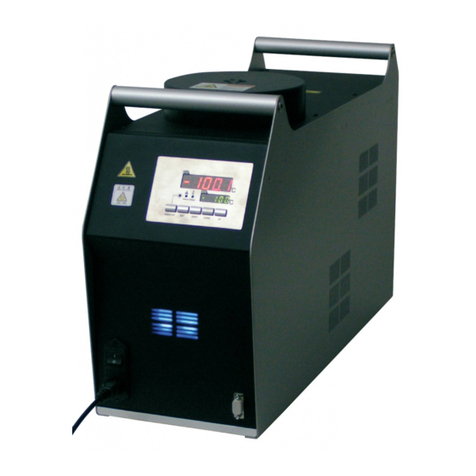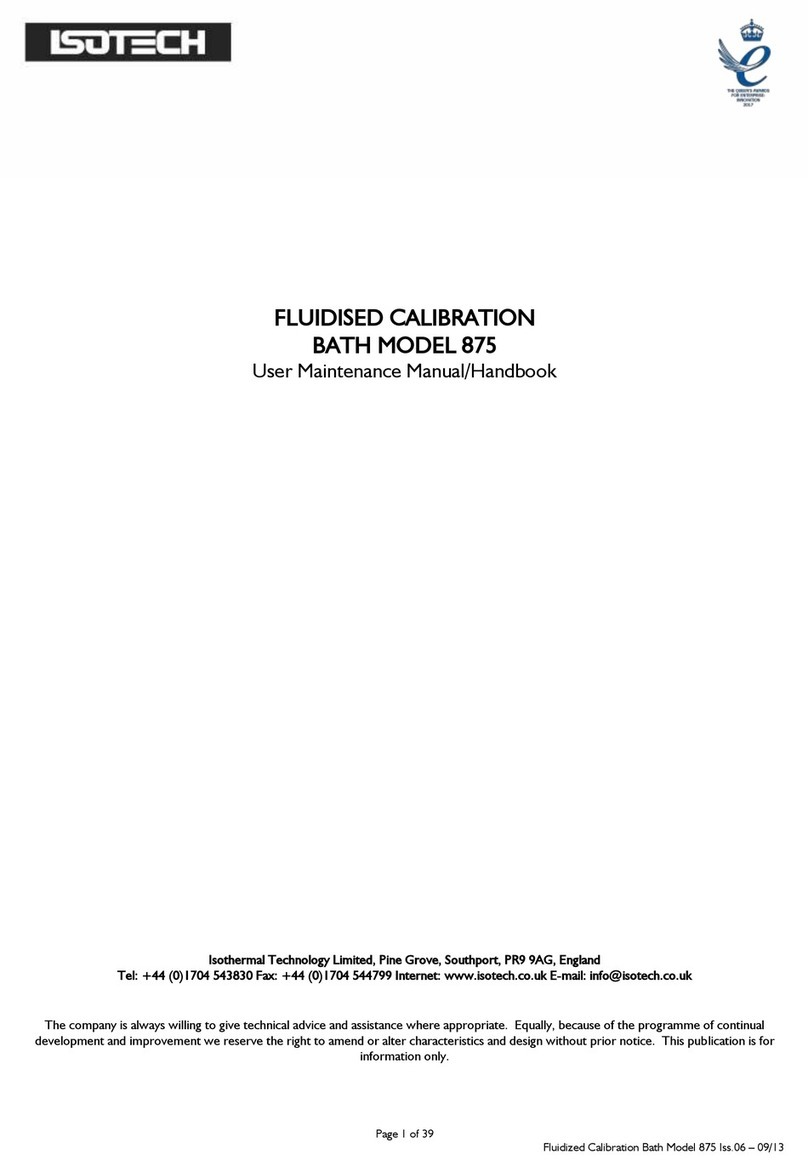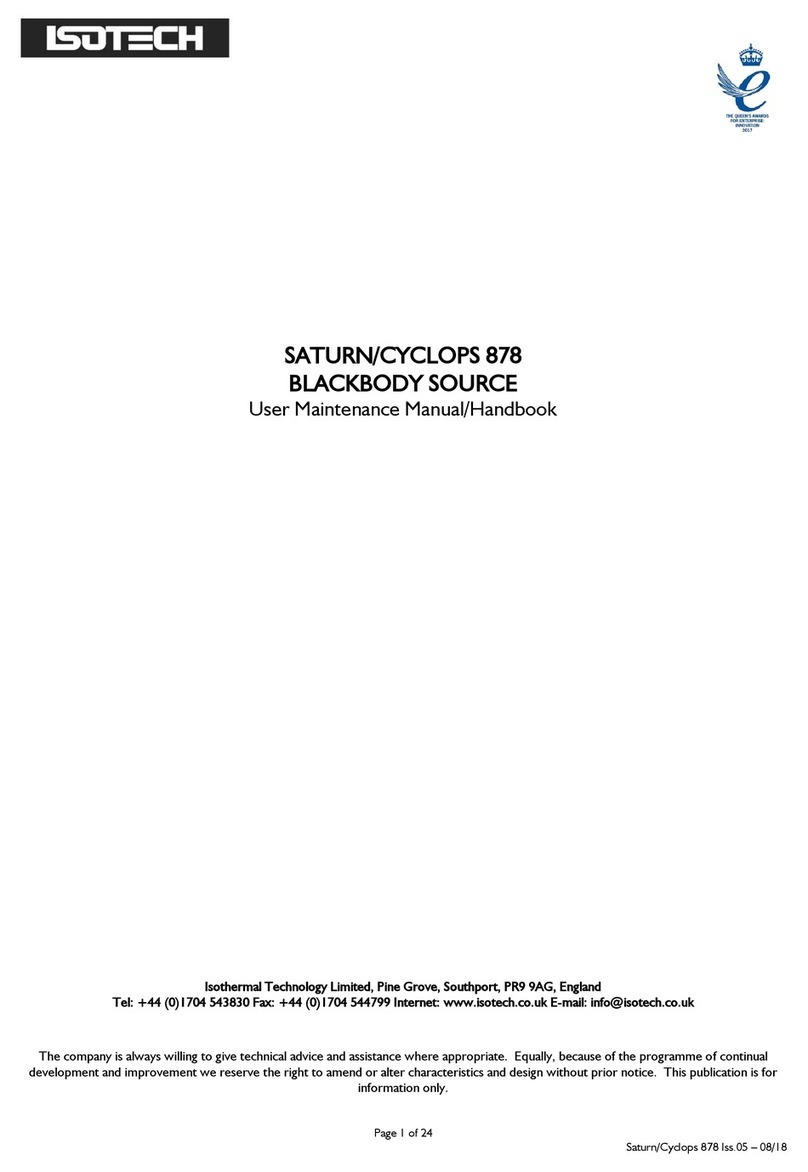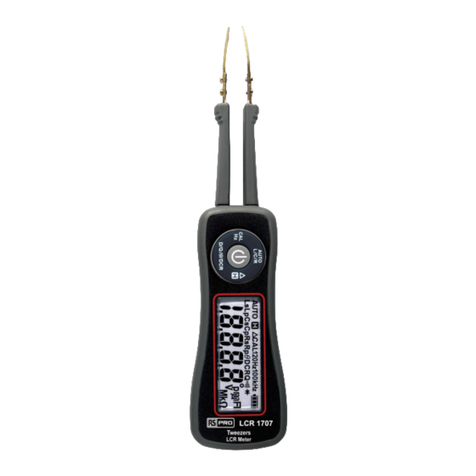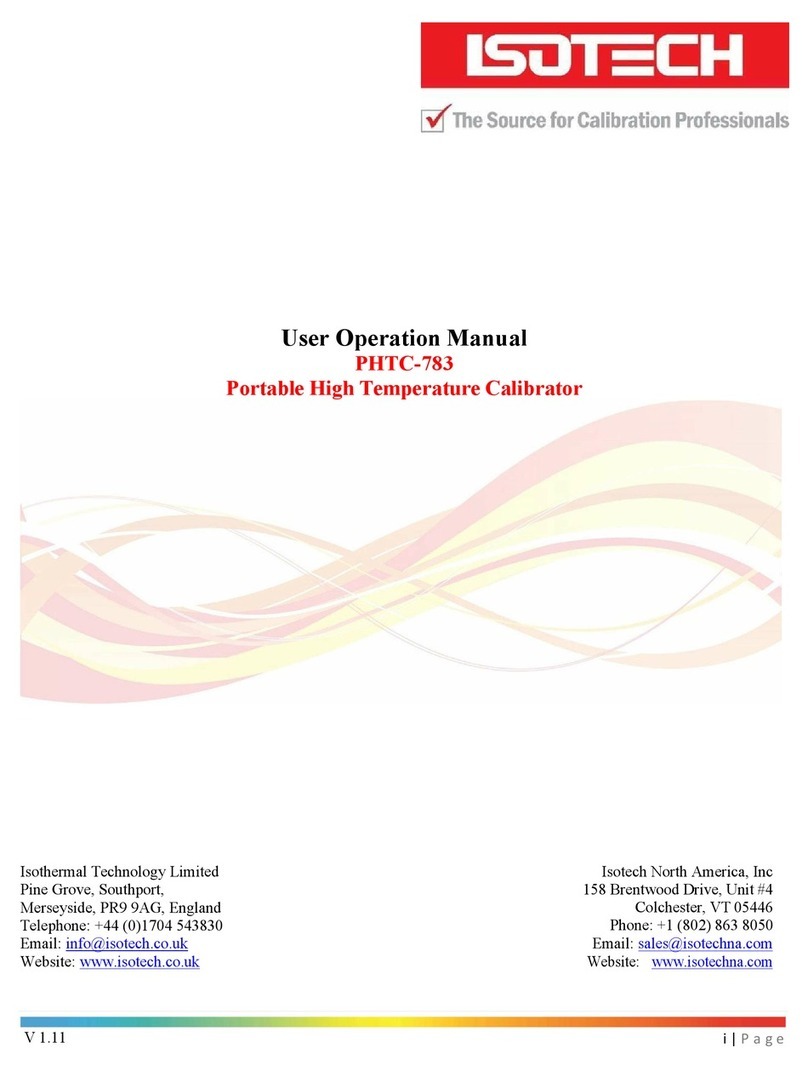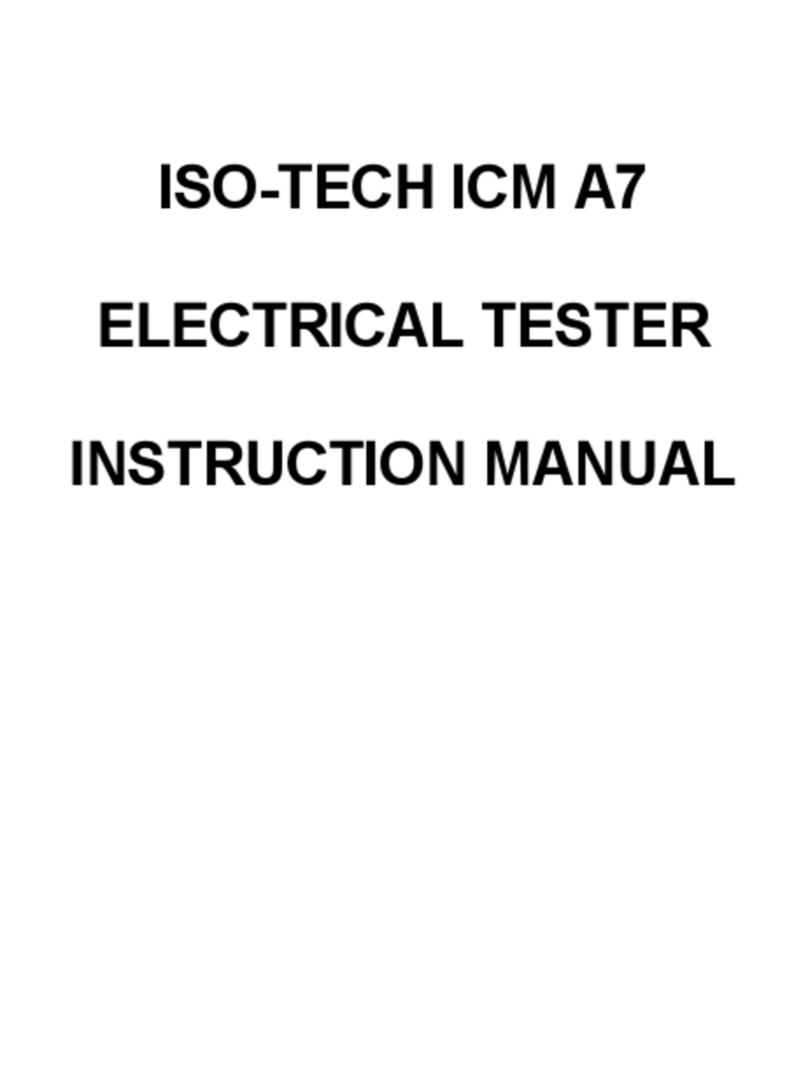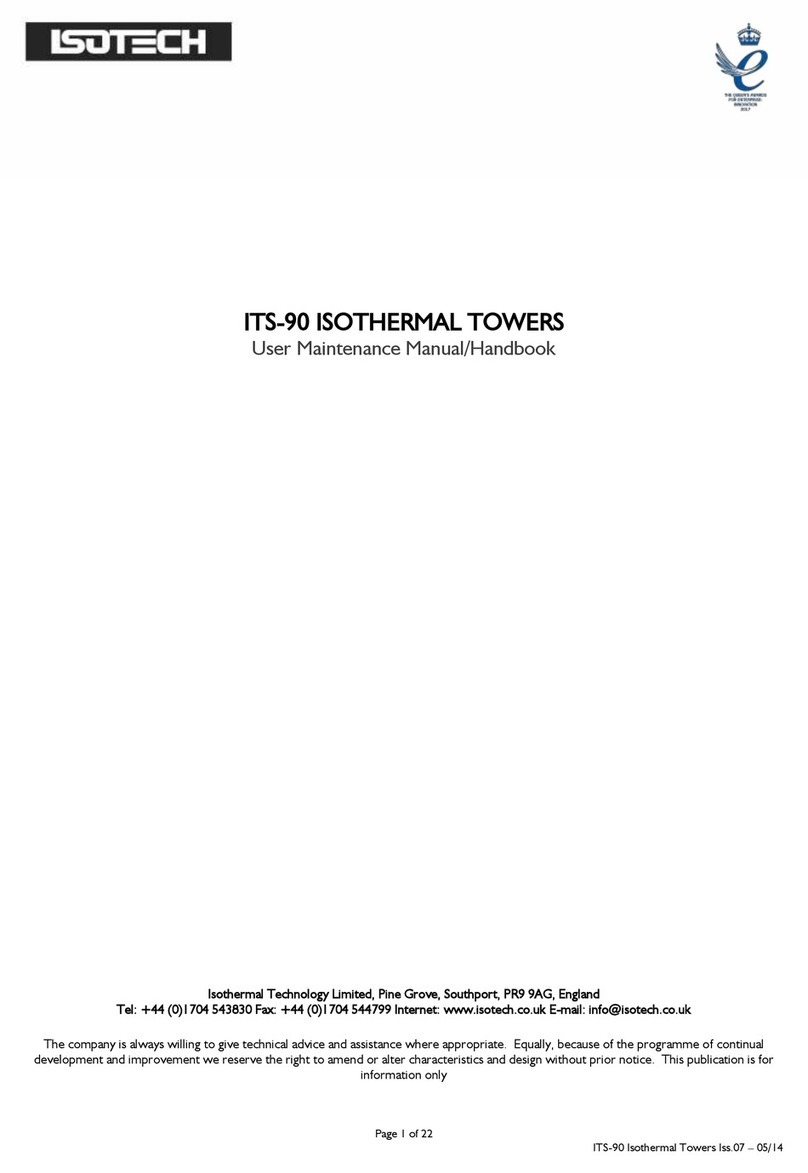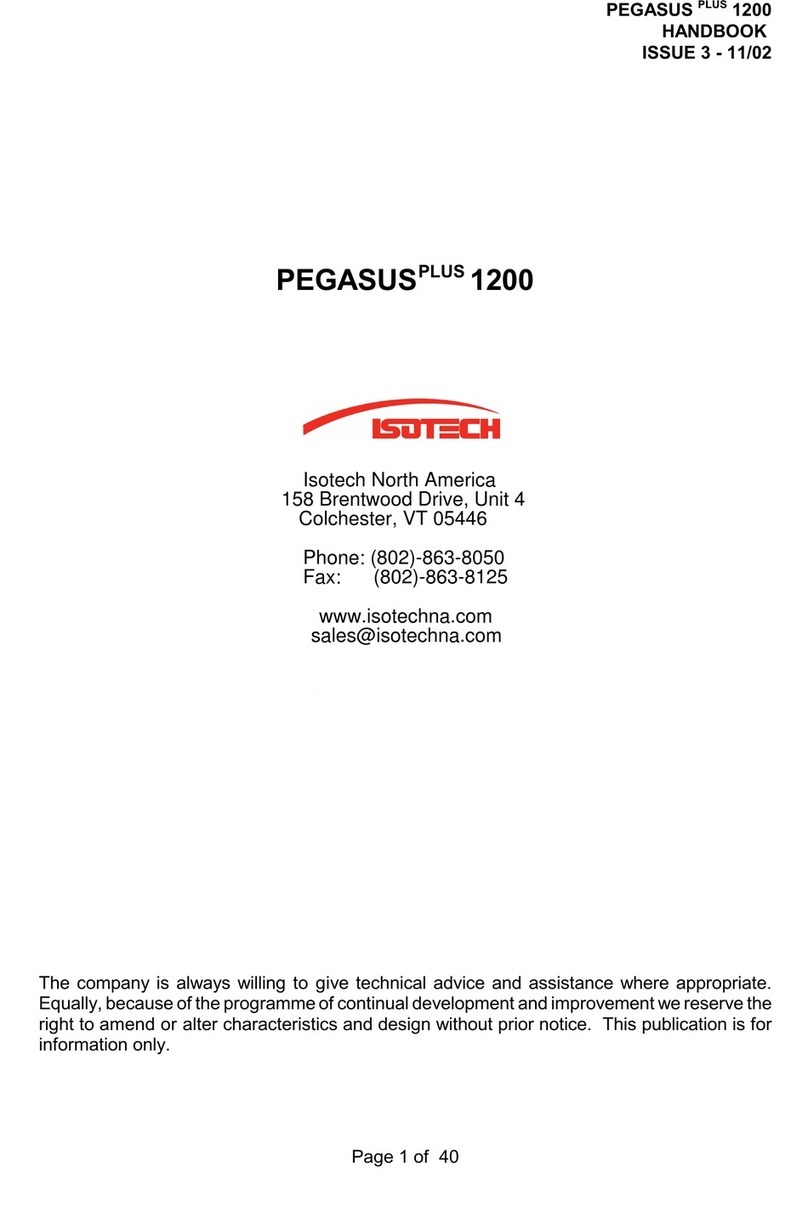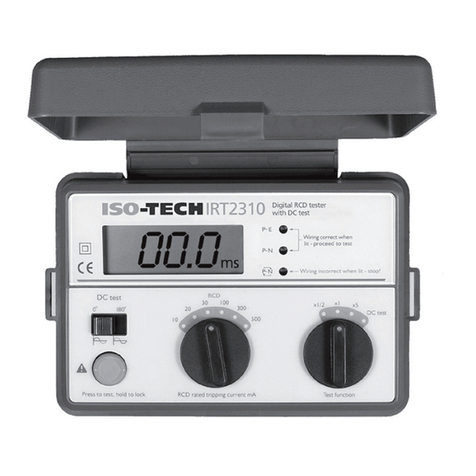Page 2 of 41
Medusa 510/511 Series Iss.12 –08/13
CONTENTS
GUARANTEE.......................................................................................................................................................................................4
EMC INFORMATION ......................................................................................................................................................................... 5
ELECTRICAL SAFETY .........................................................................................................................................................................5
ENVIRONMENTAL RATINGS ........................................................................................................................................................ 5
HEALTH AND SAFETY INSTRUCTIONS ..........................................................................................................................................6
„DO‟S AND DON‟TS‟..........................................................................................................................................................................7
CAUTIONARY NOTE......................................................................................................................................................................... 8
TRANSIT CLAMP ................................................................................................................................................................................ 9
UNPACKING AND INITIAL INSPECTION ..................................................................................................................................... 10
ELECTRICITY SUPPLY...................................................................................................................................................................... 10
INTRODUCTION .............................................................................................................................................................................11
COMPARISON CALIBRATION ....................................................................................................................................................11
Using the Controller ...............................................................................................................................................11
Using the Indicator - (Not Basic (B) Model) ...........................................................................................................11
USING EXTERNAL STANDARDS .........................................................................................................................12
MODE OF OPERATION................................................................................................................................................................... 13
ITS-90 FIXED POINT CALIBRATION ..........................................................................................................................................13
METAL BLOCK BATH .................................................................................................................................................................. 13
BLACK BODY SOURCE................................................................................................................................................................ 14
SURFACE SENSOR CALIBRATION.............................................................................................................................................. 14
ADJUSTING THE TIMER .................................................................................................................................................................. 15
THERMOMETRIC FIXED POINTS (a tutorial note) .........................................................................................................................16
HINT ON HOW TO MEASURE THE TRUE TEMPERATURE INSIDE THE ACCESSORIES SUPPLIED WITH THE MEDUSA
SERIES ................................................................................................................................................................................................ 17
The Controller ........................................................................................................................................................17
The Reference Thermometer.................................................................................................................................17
The Industrial Thermometer ..................................................................................................................................17
SPECIFICATION ............................................................................................................................................................................... 18
MEDUSA 1 PERFORMANCE GRAPHS.............................................................................................................................................19
MEDUSA 2 PERFORMANCE GRAPHS............................................................................................................................................. 20
OPERATING THE MEDUSA.............................................................................................................................................................21
FRONT PANEL LAYOUT ............................................................................................................................................................. 21
THE TEMPERATURE CONTROLLER .......................................................................................................................................... 21
ALTERING THE SETPOINT ......................................................................................................................................................... 21
ADVANCED CONTROLLER FEATURES..................................................................................................................................... 21
Setpoint Ramp Rate................................................................................................................................................. 21
Instrument Address.................................................................................................................................................22
Monitoring the Controller Status............................................................................................................................22
Units........................................................................................................................................................................ 22
The Temperature Indicator (Not Basic (B) Models)............................................................................................... 22
Setting the Input Type.............................................................................................................................................22
Enabling / Disabling Custom Calibration................................................................................................................. 23
Instrument Address.................................................................................................................................................23
Monitoring the Indicator Status...............................................................................................................................24
Units........................................................................................................................................................................ 24
Advanced Indicator Operation................................................................................................................................ 24
CALIBRATION DATA EXAMPLE .....................................................................................................................................................25
CONNECTING A CURRENT TRANSMITTER (UP TO 20MA) ...................................................................................................... 26
SELECTING CONFIGURATION LEVEL ......................................................................................................................................26
Testing Thermostats ...............................................................................................................................................27
OPERATING THE MEDUSA 511...................................................................................................................................................... 28
USING THE PC INTERFACE ............................................................................................................................................................29
CONNECTIONS...........................................................................................................................................................................29
CAL NOTEPAD.................................................................................................................................................................................30
DEVELOPMENT ...........................................................................................................................................................................30
HOW TO INSTALL CAL NOTEPAD ...........................................................................................................................................31
